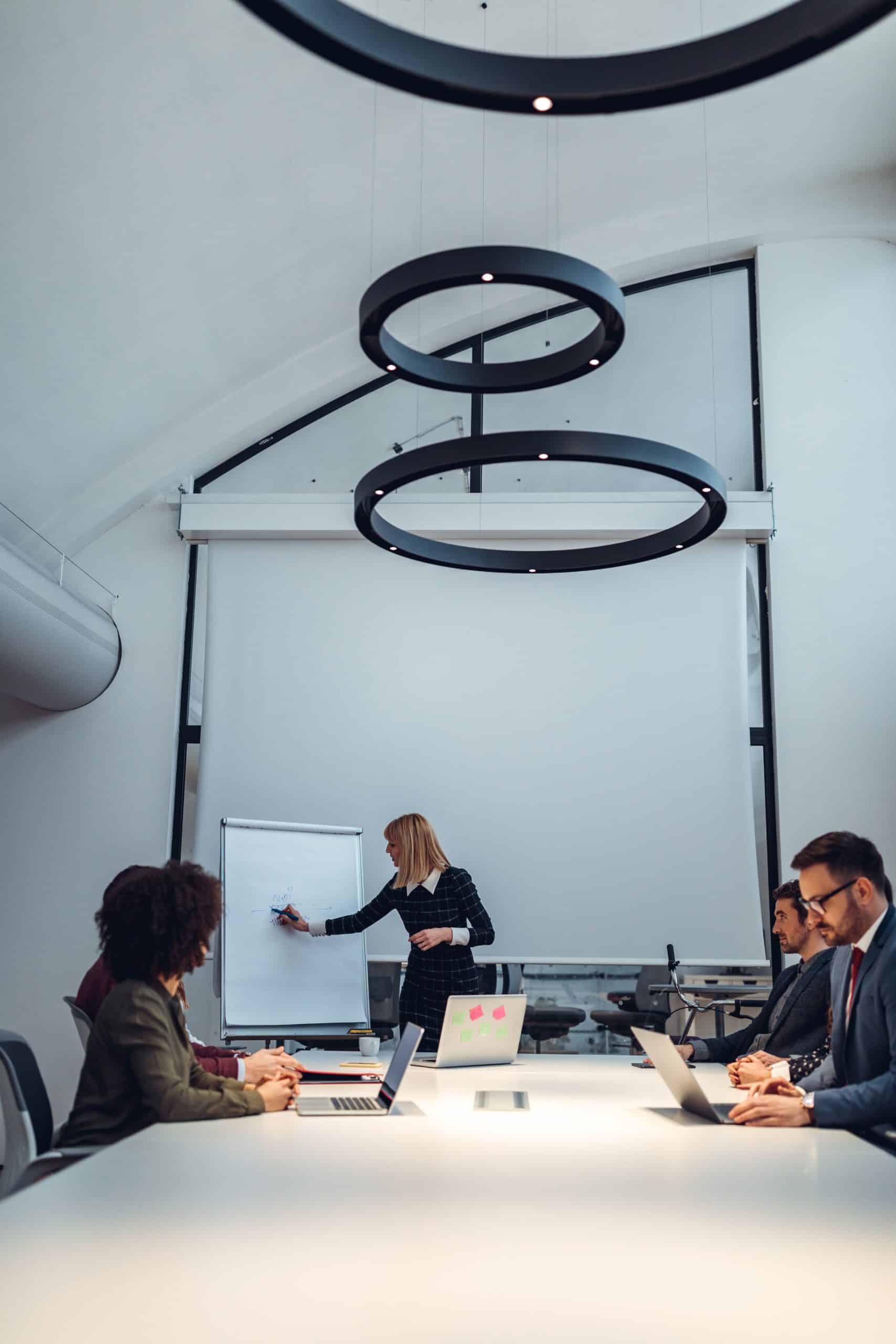What’s the Impact of Different Grass Types on Ball Control for Soccer Players?

Soccer, a game of skill, strategy, and finesse, is profoundly influenced by the turf on which it is played. The type of grass, whether natural or artificial, affects not only the movement of the ball but also the performance and injury risk of players. In this article, we delve into the impact that different grass types have on ball control for soccer players, drawing from scholarly studies and professional observations.
Natural Grass vs. Artificial Turf: An Overview
In the realm of soccer, the debate between natural grass and artificial turf is as heated as the rivalry between teams. Each surface, with its unique characteristics, has implications for the game, especially when it comes to ball control.
In the same genre : What’s the Best Dryland Training Approach for Improving Power in Ice Hockey Players?
Natural grass, the traditional choice for many sports fields, offers a certain authenticity and aesthetic appeal. Its soft, cushiony surface minimizes the risk of injury, especially when players tumble or collide. Moreover, it provides a good grip for the cleats, facilitating swift, safe movements.
On the flip side, artificial turf offers durability and low maintenance. Made of synthetic fibers, this type of grass can withstand heavy use and adverse weather conditions, making it a popular choice for indoor and multi-use stadiums. However, the uniformity and hardness of its surface can affect the movement of the ball and the safety of players.
This might interest you : What’s the Role of Mental Training in Injury Rehabilitation for Professional Dancers?
How Grass Type Affects Ball Control
Ball control is a crucial aspect of soccer, affecting the flow of the game, the strategies employed, and ultimately, the scoreline. The type of grass on the field can significantly impact the players’ ability to manipulate the ball.
On natural grass, the ball tends to slow down due to the friction with the surface. This allows players to better anticipate the ball’s course, enhancing their control over it. Additionally, the irregularities in the grass, whether from wear or weather conditions, can cause unpredictable ball movements, challenging players to adapt swiftly.
Conversely, on artificial turf, the ball travels faster and farther due to the smoothness and hardness of the surface. This requires players to adjust their techniques and timing to maintain control. Moreover, the uniformity of the surface can lead to predictable ball paths, potentially favoring systematic strategies.
The Link Between Grass Type and Injury Risk
The type of grass also has implications for the safety of soccer players. Several crossref studies have compared injury rates on natural grass and artificial turf, shedding light on the role of surface in sports-related injuries.
Research published on PubMed suggests that artificial turf may pose a higher injury risk due to its hardness and lack of give. Sliding tackles, abrupt stops, and falls can cause abrasions, strains, and other injuries. Moreover, the surface’s grip on cleats can increase the risk of ankle and knee injuries.
However, it’s not all gloom for artificial turf. Some studies indicate that while certain types of injuries may be more common on synthetic surfaces, the overall injury rate may not differ significantly from that on natural grass. Factors like player behavior, equipment used, and surface maintenance can also contribute to injury risk.
The Preference of Professional Athletes
The preference between natural grass and artificial turf often comes down to individual athletes. Some soccer players prefer natural grass for its authenticity, forgiving nature, and inherent unpredictability, which can add an element of excitement to the game.
However, other athletes favor artificial turf for its consistency and durability. The predictable ball paths can allow them to refine their techniques and strategies, potentially gaining an edge in the game. Furthermore, the lower maintenance needs of synthetic surfaces can ensure more consistent playing conditions, offering a level playing field, quite literally.
Adapting to Different Turf Types
Different grass types call for different adaptations from soccer players. On natural grass, players may need to invest more strength in passing and shooting, given the friction with the surface. They also need to be prepared for unpredictable ball movements and adjust their tactics accordingly.
Artificial turf, on the other hand, requires quick reactions and precise timing to control the faster-moving ball. Players may also need to adapt their physical movements to minimize the risk of injury on the harder surface.
Adapting to different turf types is a crucial skill for soccer players, particularly those who play at different venues. By understanding how grass type impacts ball control, they can tailor their techniques and strategies, optimizing their performance on any field.
Studies on the Impact of Grass Types: Findings and Implications
In the pursuit of understanding the implications of different grass types on soccer, various studies have been conducted, with findings published on platforms like Google Scholar, PubMed, Crossref Google, and others. These studies often explore aspects such as ball control, player performance, and injury risk on different types of playing surfaces.
Articles found on Google Scholar and PubMed Crossref indicate that the characteristics of the turf fields can significantly influence ball control. The ball tends to decelerate and take potentially unpredictable paths on natural grass due to its surface irregularities and friction. On artificial grass, the ball usually moves faster and follows more predictable paths due to the uniform, hard surface.
A study published in the Sports Medicine journal found that the type of grass can also impact the players’ performance. For instance, natural turf often demands quick adaptability and strength, given the unpredictable ball movements and the need for more force in passing and shooting. In contrast, artificial turf requires precision and quick reactions to control the faster-moving ball.
Furthermore, the grass type also affects injury risk, as highlighted in some articles available on DOI PubMed and DOI Crossref. While artificial turf may pose a higher risk for certain injuries like abrasions and strains, the overall injury rate may not differ significantly from that on natural grass. Factors such as player behavior, equipment used, and maintenance of the surface can also contribute to the injury risk on both types of fields.
These findings underscore the importance of understanding the characteristics of different turf types, not only for the players but also for coaches, sports scientists, and field maintenance teams. Such understanding can aid in optimizing player performance and minimizing injury risk, ultimately enhancing the game of soccer.
Conclusion: Striking a Balance Between Natural and Artificial Turf
The debate between natural grass and artificial turf is unlikely to be settled any time soon. Both types of surfaces have their advantages and challenges when it comes to ball control, player performance, and injury risk. The choice often comes down to various factors such as the level of play, weather conditions, maintenance capabilities, and individual preferences of the soccer players.
While natural grass brings authenticity, a forgiving surface, and an element of unpredictability, it requires more strength in shooting and passing and quick adaptability due to potentially erratic ball movements. On the other hand, artificial turf offers durability, consistency, and predictable ball paths but demands quick reactions, precise timing, and adaptation of physical movements to control the faster-moving ball and minimize injury risk.
In the end, the key lies in understanding the unique demands of each surface and adapting accordingly. Soccer players, coaches, and teams who invest in developing this understanding and adaptability are likely to excel, regardless of the turf under their feet. Moreover, as technology advances, the next generation of artificial turf might narrow the gap between natural and artificial surfaces, shaping the future of soccer in exciting ways.
